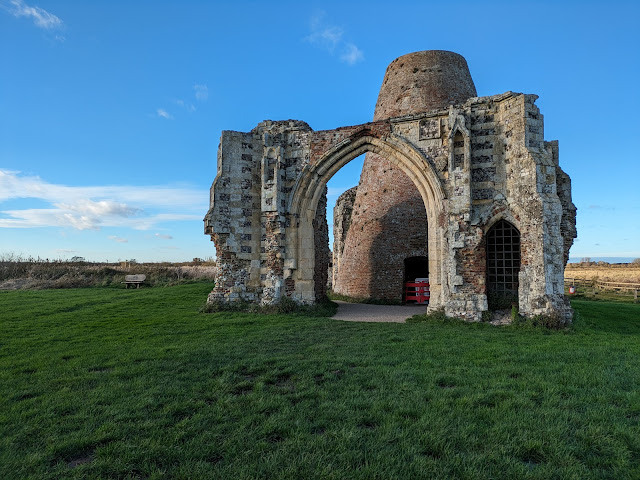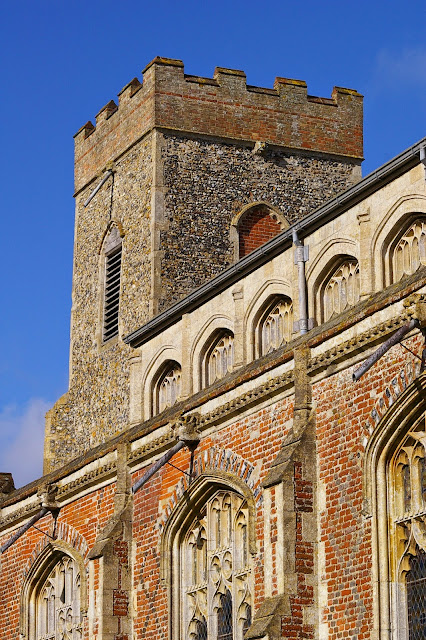Of Beavers, Skylarks and Cats


The
Apart from the (now dilapidated) village sign celebrating Felix and the beavers, farm buildings, a ruined 15th century church and a charming “tin tabernacle” there’s not much left of old Babingley! But there is archaeological evidence of a once bustling settlement around the church. Knowing the way missionaries operated in the early days of Christianity in
There is nothing to see at the church but a well marked permissive path takes today’s pilgrim 2 ½ miles in a circular route around the church, through wide meadows and open skies. The walk begins opposite the place where the B1439 joins the A149. It follows the farm track past the farm, turns south towards the river after a small wood and then comes back along the river. Finally, it returns to the start along a metalled driveway.
I walked along the river bank on a grey March day, enjoying the thought that in Felix’s day I would have been under water. The words of the psalm came to mind, “And whatsoever walks in the paths of the sea….”! As I went I contemplated the possibility of beavers bringing Felix to safety. Just then the song of a rising skylark drew my eyes and heart to heaven! As if to remind me animals do help in the Christian life!
At the metalled drive I chose to turn right to Castle Rising. Norman Fahy, who looks after the Castle, is convinced that the site had an earlier life before the Norman conquest. He believes it started life as an extension of Felix' Babingley monastery. Which might explain the images of cats around the font in church and on a relief above the castle gateway. All based on a Latin play of words cat in Latin, felice and felix meaning luck
Q: Was it luck that allowed Felix to bring us the faith?
A: It was more than lucky!
Access – Buses run along the A149 between Kings Lynn and Hunstanton.
© 2006 Richard Woodham



Comments